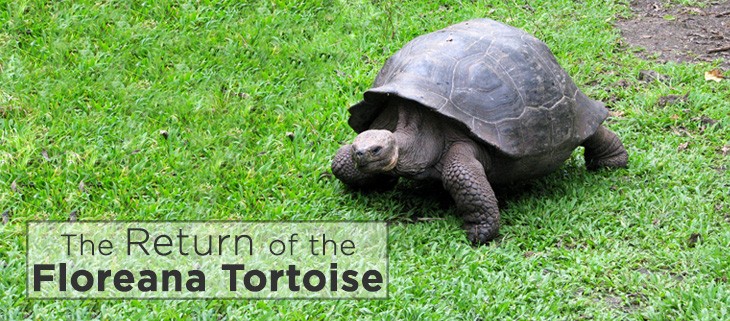December 4, 2024
The Ebiil Society: Champions of Palau
Ann Singeo, founder of our partner organization the Ebiil Society, shares her vision for a thriving Palau and a flourishing world of indigenous science!
We use cookies to help you navigate efficiently and perform certain functions. You will find detailed information about all cookies under each consent category below.
The cookies that are categorized as "Necessary" are stored on your browser as they are essential for enabling the basic functionalities of the site. ...
Necessary cookies are required to enable the basic features of this site, such as providing secure log-in or adjusting your consent preferences. These cookies do not store any personally identifiable data.
Functional cookies help perform certain functionalities like sharing the content of the website on social media platforms, collecting feedback, and other third-party features.
Analytical cookies are used to understand how visitors interact with the website. These cookies help provide information on metrics such as the number of visitors, bounce rate, traffic source, etc.
Performance cookies are used to understand and analyze the key performance indexes of the website which helps in delivering a better user experience for the visitors.
Advertisement cookies are used to provide visitors with customized advertisements based on the pages you visited previously and to analyze the effectiveness of the ad campaigns.
Our new online shop is live!

Conservationists are on a mission to bring back the Floreana Tortoise from extinction. Galápagos Giant Tortoises evolved on separate islands as distinct species adapted to the particular climate and resources available within their natural range. The Floreana Tortoise had a distinct saddleback-shaped shell, which allowed its neck to extend—a necessary trait for reaching food higher off the ground during dry months.
Floreana Tortoises, like many species of Galápagos tortoises, were driven to extinction by hunting and invasive rats, which feed on hatchlings. Researchers believe that the last Floreana Giant Tortoise had been driven to extinction shortly after Darwin visited the island in 1835. Paula Castaño, a Restoration Specialist at Island Conservation commented:
The majority of extinctions occur on islands with animals with invasive species.

However, on Wolf Island, a small volcanic island 200 miles away from Floreana, researcher Gisella Caccone and her team have been collecting blood samples of individual tortoises that had been abandoned on the island by pirates and buccaneers with too much cargo.
Some of these abandoned tortoises appear to have the saddle-back shells that are unique to the Floreana and Pinta tortoises. However, because appearances can be deceiving, especially when trying to identify species, researchers needed to establish a baseline by comparing the DNA collected from Wolf Island to specimens preserved in Natural History Museums. Caccone and her team found a number of individuals carrying Floreana Tortoise genes. Next researchers are working to create a captive breeding program by starting with the individuals with the greatest expression of Floreana Tortoise genes.

Although bringing the species back through a captive breeding program is vital, it is not the only step in the process to restore Floreana Island. Island Conservation and partners are currently working to remove invasive rats, which threaten Floreana’s native wildlife with extinction. Removing invasive predators is a crucial step that must be taken before the tortoises can return to the wild. Island Conservation’s Floreana Project Facilitator Gloria Salvador explained:
Our target is not just to provide healthy ecosystems for tortoises. We are looking to provide a balanced, healthy ecosystem for all the nature on Floreana and the community that is living there…People are living on Floreana, have been living there for many years and have a relationship with the environment.
Island Conservation and partners are hopeful for the return of the Floreana Tortoise to the island. The species is vital to the island’s biodiversity and the variety of native vegetation that grows there.
Featured Photo: A Galápagos Giant Tortoise. Cesar
Source: Smithsonian Magazine
Check out other journal entries we think you might be interested in.
Notifications